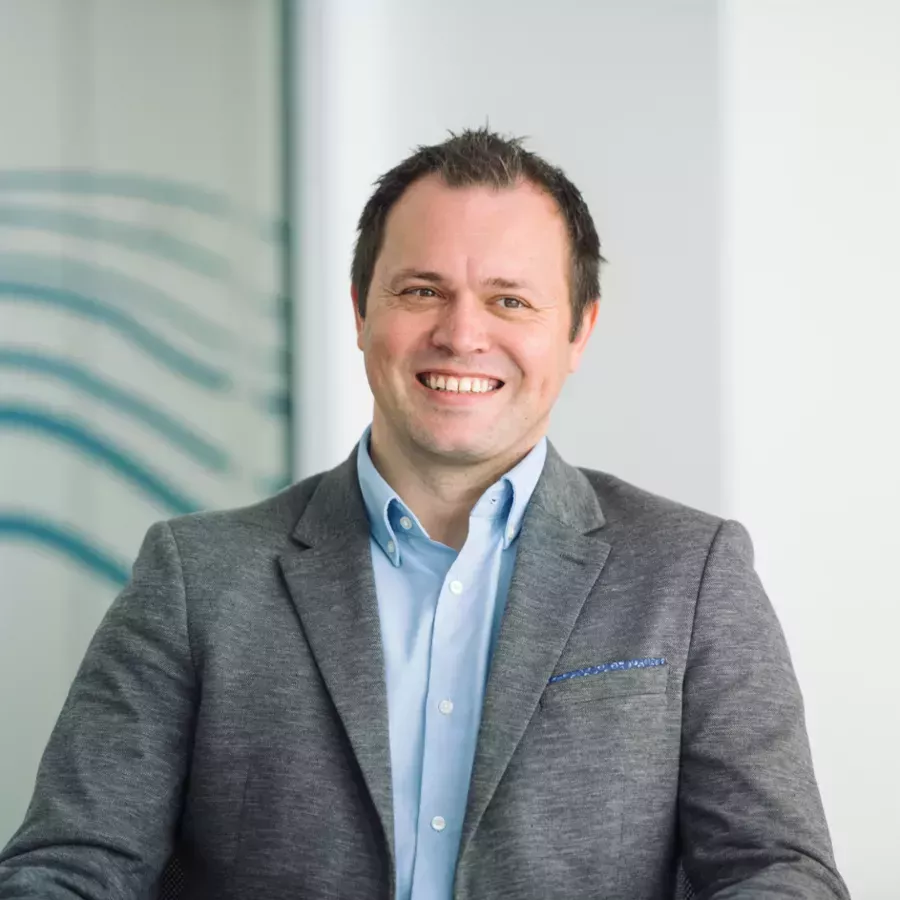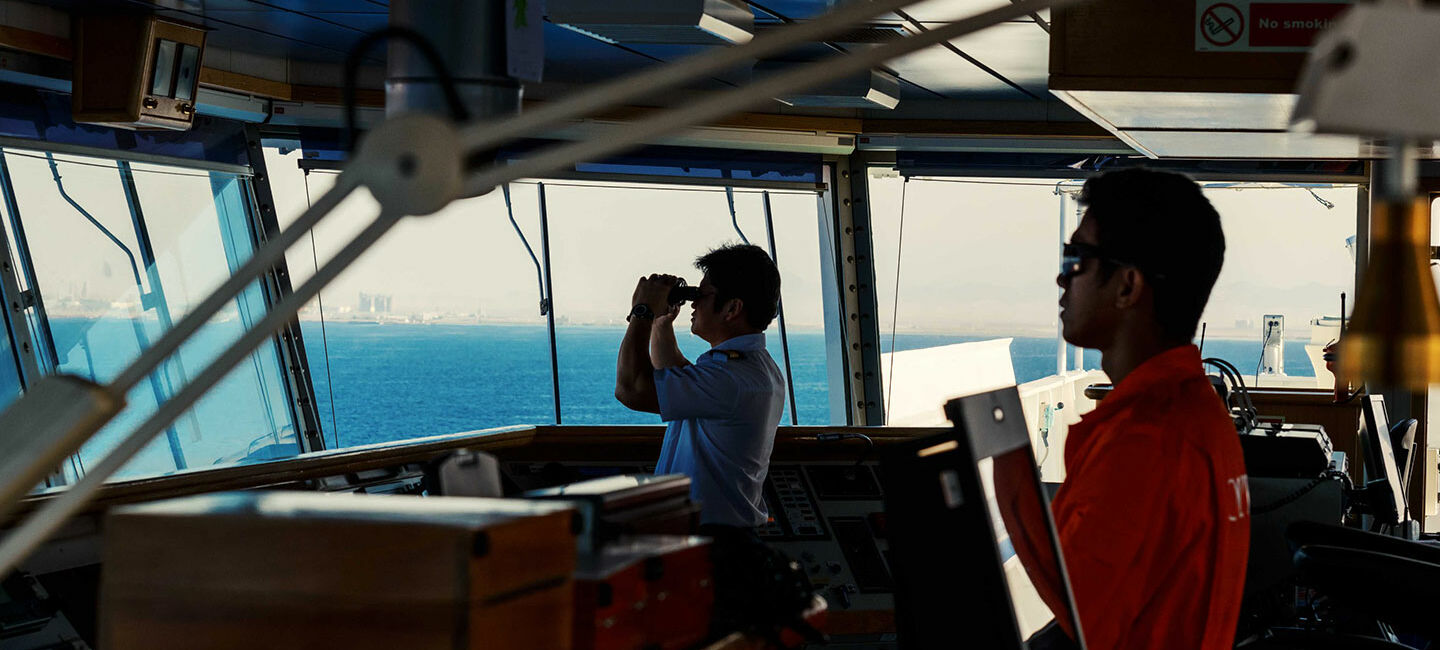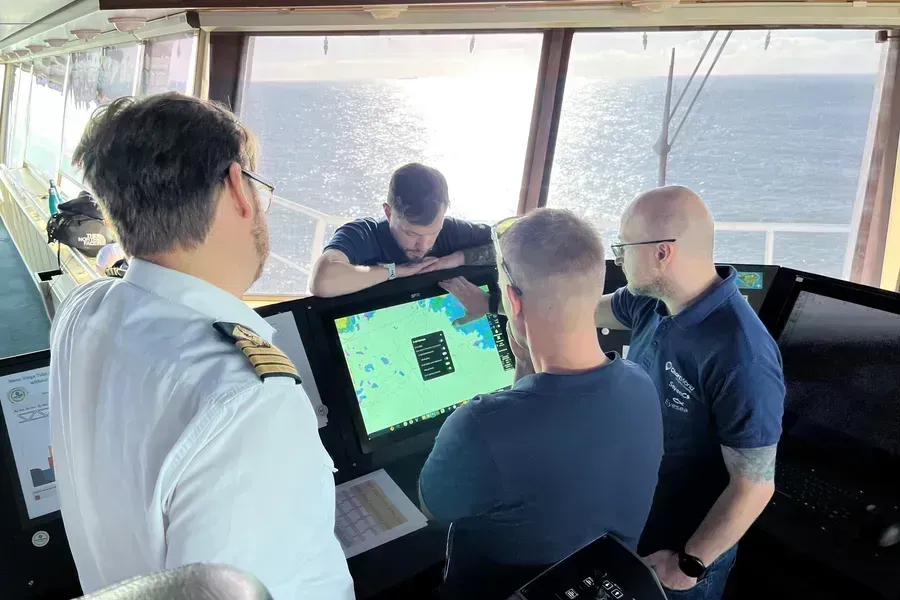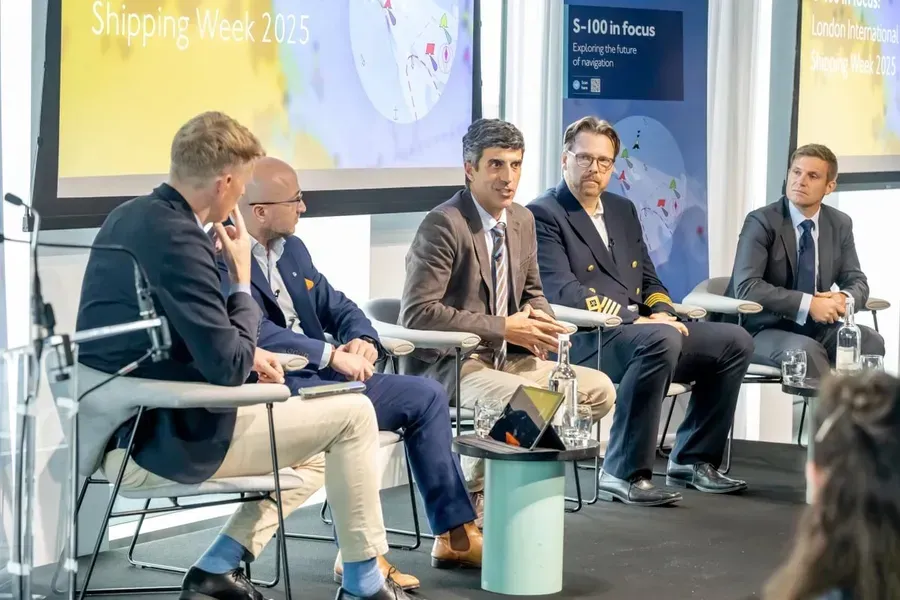There is widespread excitement across the international hydrographic and navigation communities when it comes to the International Hydrographic Organization’s new S-100 standards, which will unlock a new era in marine data capability and enhanced maritime decision making.
One of the central elements of this is the new S-102 Bathymetric Surface product specification. This data set, created using S-100, will enable us to create S-100 layers with a far greater granularity of bathymetric information than the traditional ENC (Electronic Navigational Chart). This will not only support safer and more efficient navigation, but can also help to unlock economic value for ports.
Here at the UKHO we are playing a leading role in the development of S-102 Bathymetric Surface and wider S-100 data standards by testing the product specifications, supporting the safety case for them, improving the user case and finding answers to the extensive list of unanswered questions that still surround the implementation.
This is crucial work, as S-102 is in its development cycle and as with the wider S-100 standards, is still evolving. Working in collaboration with manufacturers and data users helps to ensure that it is fit for purpose and achieves our goal of creating a standard that delivers the most value for the industry and fulfils its primary purpose of safety of navigation.
In driving towards a standard and an S-102 data set that works for everyone, our priority is to test the technology, test the interaction with equipment and understand the real-life user needs. This is where trials come in to answer the many questions that still remain unanswered about S-102:
- What does the product and service look like for mariners?
- What is the right data resolution and volumes we should be aiming for to ensure safe navigation?
- What is the right data source that should appear in the product display?
Trials are a crucial step in the development of S-102 by helping us to answer these questions. They are also a great opportunity for the UKHO to contribute towards what S-102 will become, fill in the gaps in S-102 knowledge and design, and lead in the creation of a high-quality service that really works for mariners. These trials also allow us to look at the portrayal of the standards for the mariner. Data has to be accessible and interpretable for users. For that, we are leading the work to find the optimal ways in which data can be visually presented displayed on screens.
The first, of a number of trials, is the S-102 project that we recently announced in collaboration with Port of London Authority (PLA) and SEAiq Pilot. This is the first real-world S-102 sea trial in the UK and also marks the first time the UKHO has run an S-100 sea trial. Working in collaboration with the PLA and SEAiq Pilot, the UKHO will test S-102 Bathymetric Surface product specifications in real-life scenarios with the PLA pilots to understand user requirements and collect their feedback. This feedback will help to influence the S-100 data standard development process, in turn improving product specifications, data coverage and the user experience.
It is envisaged the sea trial will commence in April/May 2022, when the UKHO, PLA and SEAiq Pilot will carry out a piloted passage on a commercial vessel. The outcomes of the trial will be monitored from pilot boarding point to berth, using SEAiq Pilot’s Portable Piloting Unit and the UKHO’s S-102 data to monitor the passage. The results will then be assessed to understand the need for potential extensions to S-102 and to feedback into the IHO testbed development process. The project will also set out to build the safety case for the S-102 data set and provide a real-life case study for how S-102 can improve situational awareness and navigational safety for pilots.
S-102 is, however, part of a bigger picture. The value and full potential of S-100 will be realised when the different data sets come together and interact with each other, and we have plans to carry out a sequence of trials for S-100 over time. In the near future, we will continue our engagement with manufacturers and users, running more trials that will provide crucial evidence to support the development of other S-100 products. For example, S-102 can be combined in an S-100 ECDIS, along with S-101 Electronic Navigational Charts and S-104 Water Level data sets, to provide mariners with a substantially improved operational overview of the physical environment by dynamically adjusting a vessel’s safety contour, and therefore its navigable water. We will be exploring these and other interactions as part of our plans to further support the development of S-100.
S-100 data standards will be transformative for anyone who uses marine navigational data. By conducting trials and building the safety case for S-102, we are supporting the greater commercial, economic, environmental and safety of life at sea outcomes in the UK’s Exclusive Economic Zone. We are keen to bring a user perspective to the future of navigation and we will continue to collaborate with manufacturers and mariners to steer the direction of this technological revolution in marine navigation.






